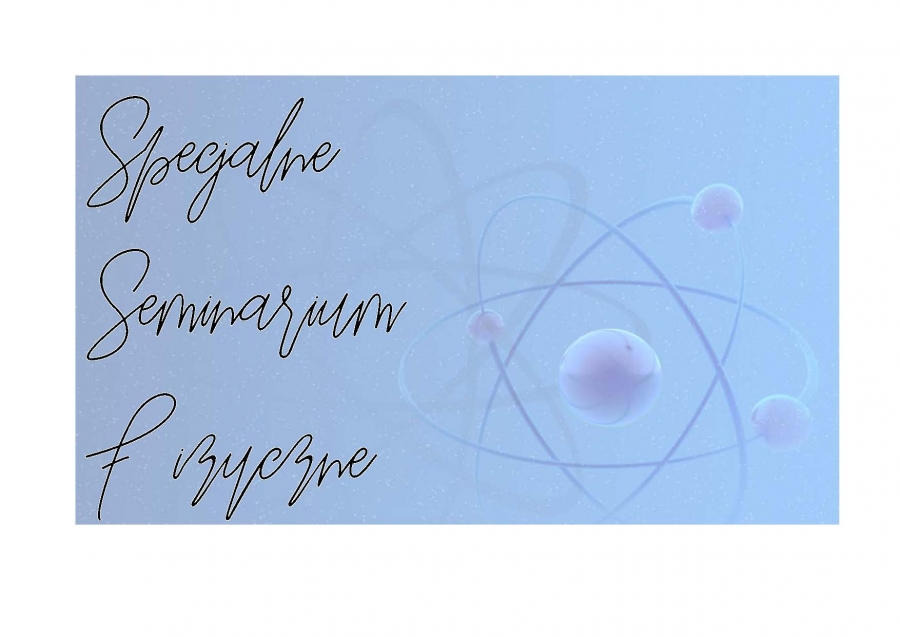
Już 12.03.2025 o godz. 13:00 w sali audytoryjnej COK prof. Pradeep R. Varadwaj (Institute of Innovation for Future Society, Department of Chemical System Engineering, Nagoya University, Japonia; Molecular Sciences Institute, School of Chemistry, University of the Witwatersrand, Johannesburg, RPA) wygłosi wykład pt: "Innovative Energy Materials for a Sustainable Future: Exploring Materials Design and the Role of Transition metal and Halogen-Assisted Catalysis".
Streszczenie:
Innovative energy materials are crucial for advancing renewable energy technologies, energy storage systems, and catalytic processes that enable sustainable energy solutions. This lecture will focus on the potential of materials design, with a particular emphasis on the role of transition metals and halogen-assisted catalysis in enhancing energy conversion and storage, as well as the influence of halogen bonding topologies in shaping functional materials. Transition metals, with their unique electronic properties, are essential for developing efficient catalysts for key processes like water splitting, fuel cells, ammonia synthesis, and CO2 reduction, which will be briefly outlined. When integrated into catalytic systems, halogen elements can fine-tune reaction pathways, improving catalytic efficiency, selectivity, and stability. The synergy between transition metals and halogens presents a promising approach to optimizing material properties for a range of energy applications. This talk will highlight the critical role of tailored transition-metal based materials in enabling the transition to a sustainable, energy-efficient future. Strategic material design, combined with advanced catalytic strategies, holds significant potential in addressing the pressing energy challenges of the 21st century.

 Grudziądzka 5, 87-100 Toruń
Grudziądzka 5, 87-100 Toruń